Components made of copper or stainless steel are relatively expensive, so designers and contractors often refuse to use them. Copper-bonded steel allowed by the latest standards is the most cost-effective solution that has properties similar to copper. Components made of copper-bonded steel are highly resistant to corrosion due to the significant thickness of the copper coating and have the tensile strength of steel.
Standards [5] and [8] determine the minimum copper thickness of 70 microns for tapes and wires, and 250 microns for the rods used in vertical ground electrode systems. Such coatings should contain 99.9% pure copper.
Polish company GALMAR holds a special place among the manufacturers of copper-bonded grounding components due to high-quality products which known worldwide. Copper-bonded grounding systems from GALMAR meet the requirements of standards [1, 5, 8, 15] listed in Table 1, as well as the requirements of standard [8].
The thickness of the protective coating is worth checking before ground electrode system installation (Fig. 12) as the electroplating of steel rods is known to be a complex process. Experience shows that a variety of surprises can be expected both with zinc and copper bonding.
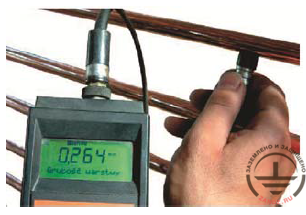
Fig. 12. Measuring the thickness of copper bonding on GALMAR vertical electrodes with a minimum coating thickness of 250 microns
GALMAR's copper-bonded tapes with a section of 25x4 mm2 and 30x4 mm2 are unique products on a worldwide scale that meet the requirements to the minimal surface section (90 mm2) and tape thickness (3 mm), as well as to the the copper coating thickness (70 microns). Tests show that the copper coating with 70 microns thickness and 99.9% purity is characterized by high adhesion and ductility. In addition, a study conducted by GALMAR revealed that copper-bonded tapes and wires corrode approximately 5.5 times slower than hot-dip galvanized ones: the corrosion rate of galvanized ground electrode systems was 0.0481 mm per year, while the copper-bonded system corrosion rate is 0.0090 mm per year [9].
GALMAR's vertical ground electrode systems are offered in two versions, depending on the method of rods interconnection. Threaded (connected with clamps) and so-called forged (pluggable) ground electrode systems are available. Both types of ground electrode systems have diameters compliant with regulations - 14.2 mm and 17.2 mm (according to standards, the minimum diameter is 14 mm). The ground electrodes can be connected to make a long vertical ground electrode system in order to achieve the required active grounding resistance. At the same time, the electrodes can be driven to a depth of up to 30 m, which is considerably deeper than in cases when connection-less electrodes are used. High tensile strength of 600 N / mm enables deep diving using a jackhammer. Due to their reinforcement sealing, forged GALMAR ground electrodes meet standard requirements to the minimum diameter along the entire length. Often, it is not possible to meet these requirements with other pluggable ground electrode systems as the partial flattening of the down conductor occurs when driving the electrode, as welle as due to imprecise alignment of rods (Fig. 13).
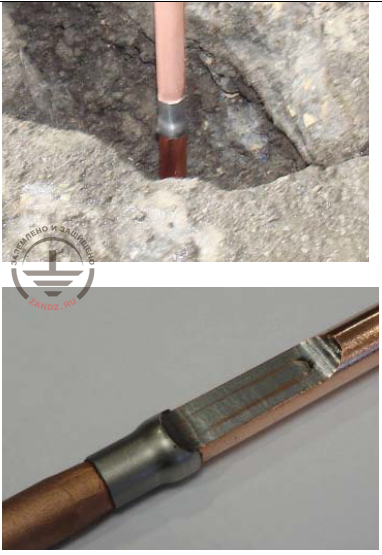
a) GALMAR forged copper-bonded electrode with a reinforcement sealing which provides the minimum diameter of the grounding electrode along its entire length;
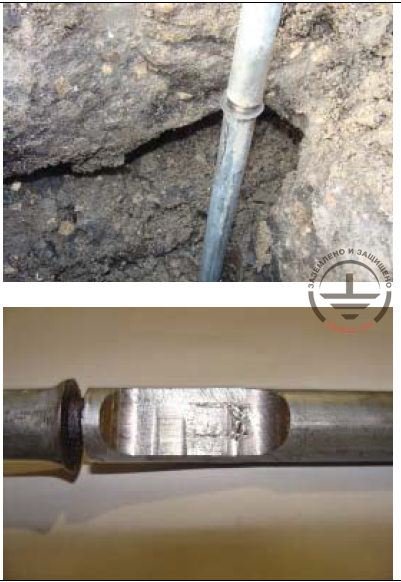
b) a galvanized electrode with down conductor flattened as a result of driving (the diameter of the electrode is reduced in the connection point of the rods).
Fig.13. Connecting pluggable vertical electrodes
A thick (minimum 250 microns) copper coating ensures a greater resistance to abrasion of the protective layer when the rods are driven into the soil, as well as provides a long-term service of the ground electrode system in the soil (at least 30 years).
Related Articles:
.jpg) Clamp to the front of the down conductor (copper)
Clamp to the front of the down conductor (copper)
.jpg) Clamp to the facade for the down conductor with its elevation above the clamp to 15 mm (copper)
Clamp to the facade for the down conductor with its elevation above the clamp to 15 mm (copper)
.jpg) Clamp for connecting down conductors (copper)
Clamp for connecting down conductors (copper)
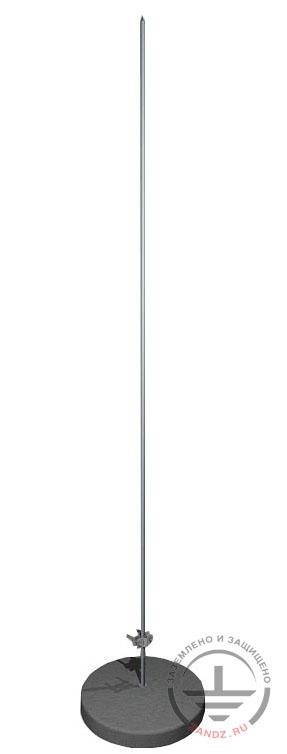 Air terminal-mast on a concrete base
Air terminal-mast on a concrete base
 Vertical lightning rod (air terminal-mast)
Vertical lightning rod (air terminal-mast)
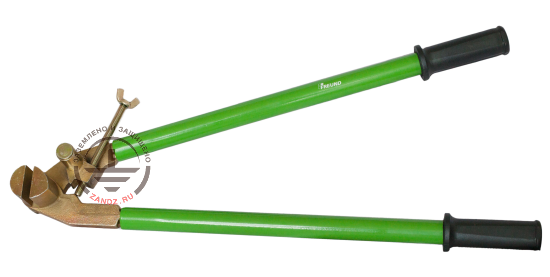 Manual tape bender
Manual tape bender
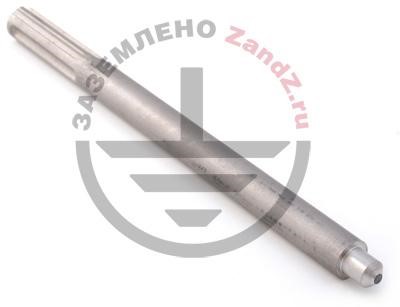 Breaker hammer head
Breaker hammer head
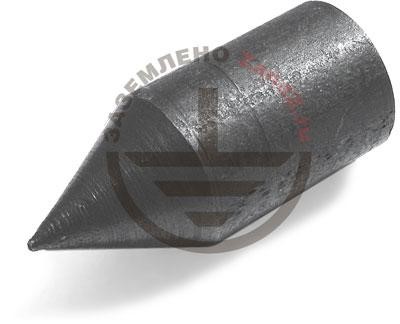 Starting tip
Starting tip



